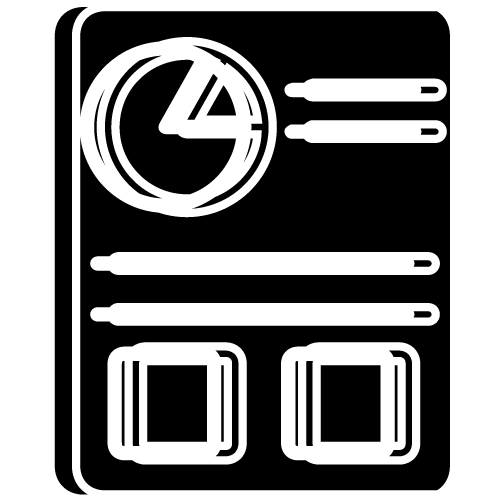Ozone Therapy: mechanisms of action, recent literature and newly discovered biochemical pathways [abstract]
DOI :
https://doi.org/10.7203/jo3t.2.2.2018.11124Mots-clés :
ozone therapy, mechanism of action, biochemical pathways Résumé
Résumé
Ozone therapy is widely used in many countries since many years. Recently, the increasing widespread of this complementary therapy has been accomplished by an increased number of basic and clinic papers published on international journals. This lecture will deal on the first approach by a pharmacological point of view in the aim to characterize the mechanisms activated at sub-cellular level by ozone when used for medical and beauty application at low graded doses.
The first theory was based upon the fact that the exposure to low, non-toxic, ozone concentrations could increase the efficacy of the endogenous antioxidant system by increasing the production or the activity of some enzymes exerting a key role in the mitochondrial respiratory chain.
Many of the basic mechanisms of the ozone action are now well outlined. In addition, the modulation of interleukins productions and of some biochemical pathways related to inflammation and pain, indicates the rationale of its use in many pathological conditions related to pain, inflammation and age disorders.
We also discuss on the mode of action of ozone that, with an hormetic mechanism, appear to be more similar to xenobiotic stress model than a pure pharmacological action.
Indeed, our recent work in vivo on patients treated with major autohemo therapy (MAH) demonstrated the increase of Nrf2 level (P<0.01) in peripheral blood mononuclear cells (PBMC) immediately after exposition of blood to ozone and prior reinfusion. This effect is maintained 30 min after, when the increment in Nrf2 was detected (P<0.05) in total circulating PBMC. After a series of MAH's, Nrf2 returned normal. The activities of superoxide dismutase and catalase were increased (P<0.05) following the cycle of MAH's. These data demonstrate by the first time in vivo the activation of the Nrf2 pathway by a low dose of ozone and the activation of the feedback mechanism that induce the synthesis of proteins which favour the cell survival.
Following the above research on Nrf2, it is now in progress a new scientific approach in the aim to study the transcriptional profile by qRT-PCR of transcripts in both Nrf2- and NFkB-dependent genes to further define the profile of the positive effect induced by low ozone doses in many ailments in patients in vivo.
 Téléchargements
Téléchargements
Téléchargements
Publiée
Comment citer
-
Résumé1782
-
PDF 682
Numéro
Rubrique
Licence
Journal of Ozone Therapy applies the Creative Commons Attribution-NonCommercial 4.0 International License (CC BY NC 4.0) license to works we publish.
Under this license, authors retain ownership of the copyright for their content, but allow anyone to download, reuse, reprint, modify, distribute and/or copy the content as long as the original authors and source are cited. No permission is required from the authors or the publishers.
You may not use the material for commercial purposes.
Appropriate attribution can be provided by simply citing the original article, provide a link to the license, and indicate if changes were made.
You may do so in any reasonable manner, but not in any way that suggests the licensor endorses you or your use.




